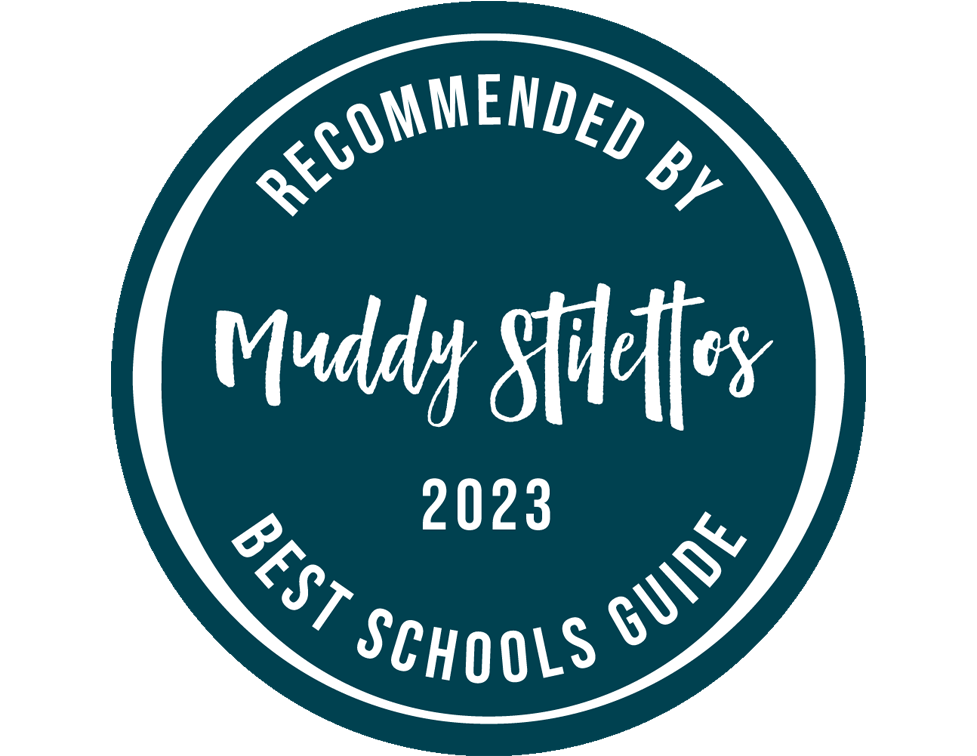Building self-esteem and the role of words
.png)
Words: That words matter is a truism. Words matter in terms of our labelling and deciphering of the world. (To what extent something actually exists to us, if there is no word for it, is an interesting point of reflection with which to challenge the thinking of some of our older boys.)
And words matter in terms of our very experience of the world and our place in it. The principles of neurolinguistics establish that ‘the map is not the territory’. By which is meant that our subjective interpretation of the world around us, and the language we use to represent it to ourselves, is not the objective reality of the world. But naturally, it is our maps that we use to navigate life.
Self-esteem: As we continue to make our way through Kaufman’s ‘sailboat’ analogy of human needs in assemblies (see newsletter of 22nd September), this week we moved to ‘self-esteem’. This is founded upon previous focal themes of ‘safety’ and then ‘connection’. Defining self-esteem is, however, rather more nuanced than defining the feeling of safety and defining the sense of connection. The process of building it, I would argue, is far more so.
Words and self-esteem: Self-esteem is integrally linked to the ‘map’ we use to represent the world as we experience it. If we have high self-esteem, if we have a feeling of having value and worth, of being able to contribute positively and handle negatives successfully, a gentle confidence in who we are, then our map is likely to present various favourable routes around life’s mountains. Building that high self-esteem is a process where words are absolutely critical.
This point is picked up by Dr Steve Peters, a pre-eminent psychologist most famously associated with the Olympic success of Sir Chris Hoy and the incredibly successful British cycling team of that era. This is only one snapshot of his expertise developed over a lifetime’s work. In his book ‘The Chimp Paradox’ (I recommend it), he addresses the problem of what he calls ‘Goblins’: long-standing deep negative thinking patterns, engrained from childhood. He provides an illustration of just how easy it is for these to form and how aware we adults need to be of our influence:
‘The Fridge Door Syndrome depicts the most common example of a Goblin… It is the first day of school and the young child is full of emotions. The teacher says, “Let’s paint a picture for your parents.” After painting the picture the child runs home to show the parent. As the child runs to the parent, the parent says, “What is that you’ve got?” The child hands over the painting. The parent responds, “This picture is fantastic, you are so clever, I am so proud of you. I want everyone to know just how good you are,” and then puts the picture on the fridge door for all the world to see just how clever the child is.’
At this point, Dr Peters explains, the child learns that their value as a human being is based on what they can achieve which others consider praise-worthy. Striving to succeed becomes an endeavour to please others and self-esteem rests on what others think of their achievements rather than on who they are. And at this point, all of us parents and teachers rack our brains and almost inevitably recall equivalent moments we have played a part in. Dr Peters’ recommendation for a better scenario is that the parent greets and hugs the child, expresses their love and pride in them having completed their first day at school, then looks at the picture.
High self-esteem is what we would wish, and what we must strive to build, for every boy at Pilgrims’. It is a process in which both home and school have a profound influence; it is what allows the sail of the sailboat to unfurl and for our boys to be open to life’s adventure. And the role of words should always be remembered.








